Table of Contents
Flat 25% off on Home Interiors



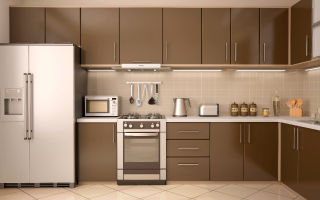
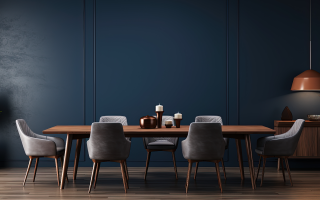
Loved what you read? Share it with others!
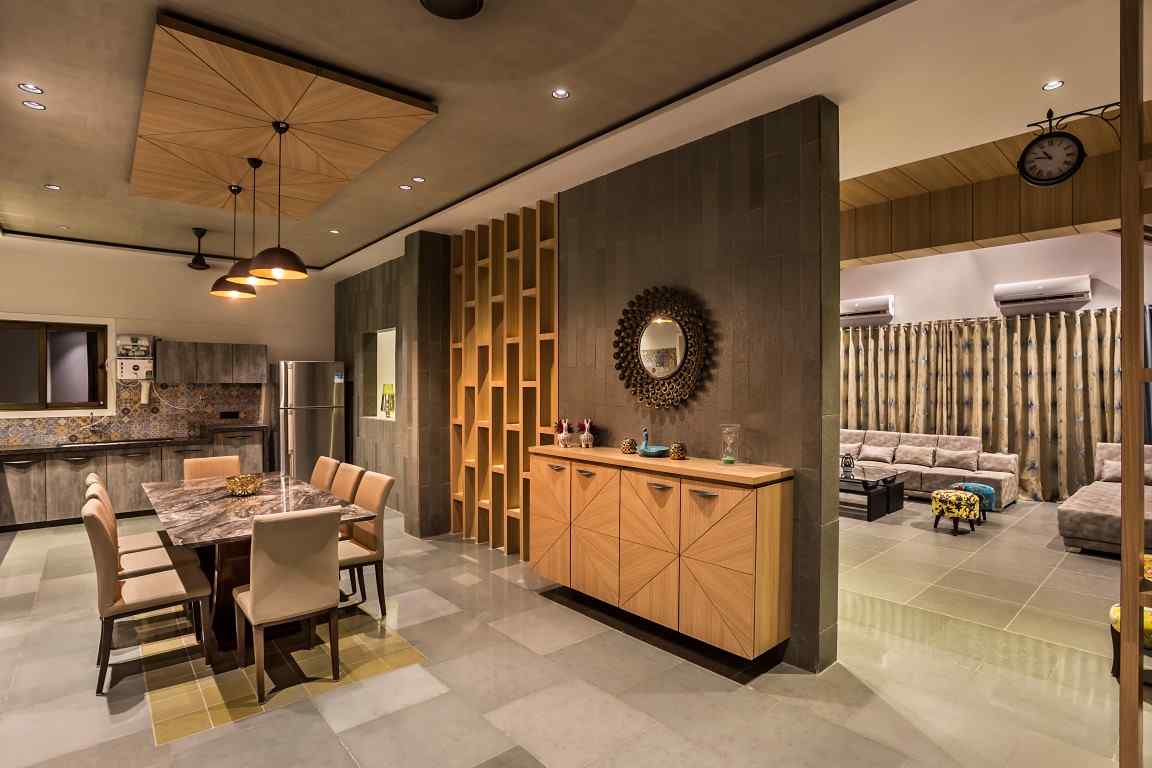

Submit the Form to Unlock the Best Deals Today
Check Your Eligibility Instantly

Experience The NoBrokerHood Difference!
Set up a demo for the entire community

Tenant Super Relax Plan
Enjoy Hassle-Free Renting
 Full RM + FRM support
Full RM + FRM support Instant alerts & premium filters
Instant alerts & premium filters Rent negotiation & relocation help
Rent negotiation & relocation helpBring The Stunning Rajasthan to Your Home with Kota Stone Flooring
Table of Contents
Employing local building materials is an essential parameter in green buildings. However, the concept of "local" has frequently been contested. Does cement become local if it is readily available in the area where it is needed? What if a product made in-town costs more than one made elsewhere? Using the Kota stone as an example is a nice one. Everyone wants their floors to seem elegant, but they don't want to spend much money doing it. Because of this, Kota stone flooring provides the best solution.
Recommended Reading
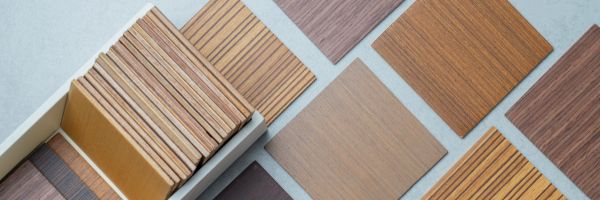
Engineered Wood: Meaning, Type, Pros and Cons
January 31, 2025
9956+ views
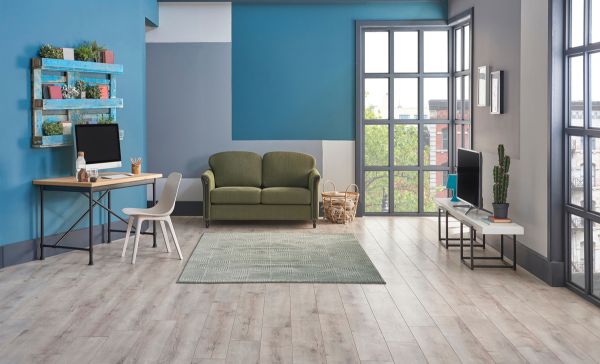
Best House Floor Design Ideas in 2025 for Every Room in Your Home!
January 31, 2025
7582+ views
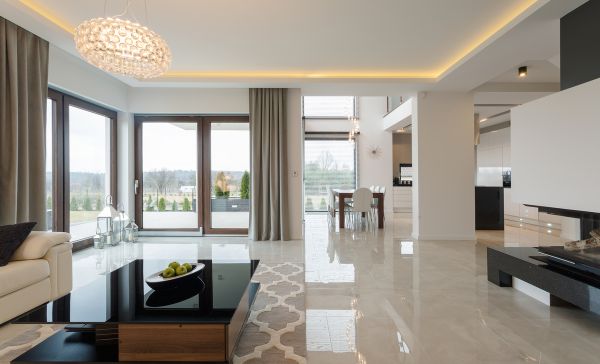
Top Marble Flooring Design Ideas in 2025
January 31, 2025
8575+ views
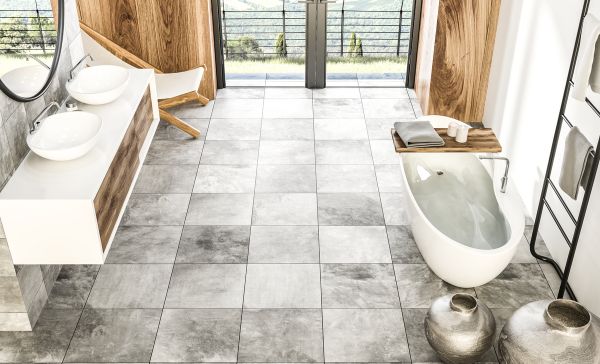
Bathroom Floor Tiles Design: Your 2025 Guide to Choices & Trends
January 31, 2025
4403+ views
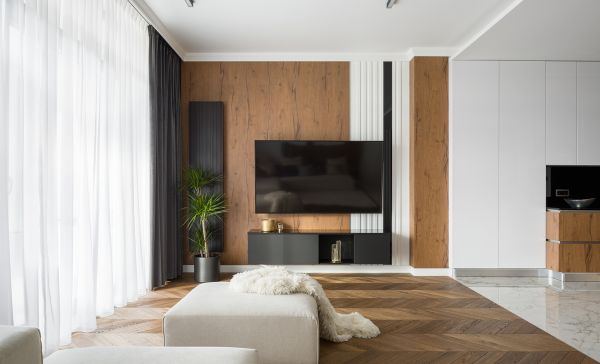
Modern Marble Floor Border Designs to Get Inspired From
January 31, 2025
4326+ views

Natural limestone and a wide range of circumstances make Kota stone a better alternative for flooring than other local options, even though it travels all over India from Rajasthan. Although the Kota stone flooring pattern was previously overlooked in favour of more traditional materials like Marble and Granite, this is changing as more people become aware of the advantages of this type of flooring
Kota Stone: What is it?
The Kota area of Rajasthan is where the Kota stone was first discovered, thus its name. This sedimentary rock is hard, compact, and uniform in cross-section because it is made of fine-grained limestone. Kota has a rough, leathery feel in its natural condition, which looks stunning when sealed. However, the majority of individuals like giving one side a mirror finish.
Flat 25% off on Home Interiors





Kota stones age nicely and can withstand the damaging effects of time better than most other stones. This stone is used extensively in the building and construction industry and is available in various forms and sizes to meet all purposes. Except for the distinctive specks of Granite, Kota stone is available in a greenish, greyish shade that resembles slate or grey granite. Some other standard shades of Kota stone are brown, pink, beige, black, and grey floors are gaining popularity.
Advantages of Kota Stone Flooring
- Durability - long-lasting
- Wide Range
- Cost-effective
- Good Friction
- Luxurious
- Easy To Maintain
- Cool Underfoot
Durability: Since it is non-porous and temperature-resistant, Kota stone flooring is the most long-lasting alternative available. Temperature resistance makes these kinds of floors ideal for outdoor use, which adds an enticing appeal to your property.
Wide Range: It's available in various forms, colours and finishes, so there's something for everyone who wants to install Kota stone flooring. The stones are available in multiple natural hues of greenish-blue and brownish texture when it comes to colour. If you're looking for anything smaller than 60/90 cm, you'll find that the slabs of Kota stone are available in 30x30cm and 60/90cm, respectively.
Cost-effective: Although Kota stone flooring has a wide variety of qualities, it is more cost-effective than most other stone flooring options. The cost-effectiveness of Kota stone flooring is another reason for its international appeal and universal acceptance.
Good Friction: There are many reasons why Kota stone flooring is so appealing. Non-slippery and non-porous are two of these characteristics. They are ideal for humid indoor and indoor environments since they do not collect water or moisture. The non-slip nature of these tiles makes them suitable for bathrooms and kitchens, balconies and walkways, or any other area where a lot of wetness and foot activity is likely to present. In addition to being simple to maintain, they provide a stable base for your feet.
Luxurious: When used in a home or office, Kota stone flooring adds a touch of luxury. Buildings are typically eye-catching because of the varied colour variations of Kota stone flooring.
Easy To Maintain: The ease with which you can clean Kota stone floors is unsurpassed. Because this stone flooring is so long-lasting, you don't need to push yourself to keep it in good condition.
Cool Underfoot: Kota stone flooring is heat resistant, making it perfect for use in Pathways (corridors), Corridors (Driveways), Balconies etc.
Disadvantages of Kota Stone Flooring
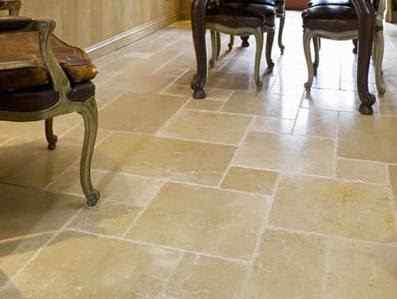
- Rare to find
- Highly delicate
- Readily discoloured
- Flaky
Like Marble or Granite, it is not commonly available in large slab sizes and doesn't have the same shiny surface polish. Kota is a highly delicate limestone that is only offered in modest quantities. Kota is readily discoloured and neither acid nor alkali resistant for a more extended period. Flaking might occur if Kota stone flooring has heavy traffic; however, flaking of the stone may be avoided if it is constantly polished and kept in good condition. You must also avoid dragging heavy furniture on Kota stone flooring.
Where Can Kota Stone Be Used?
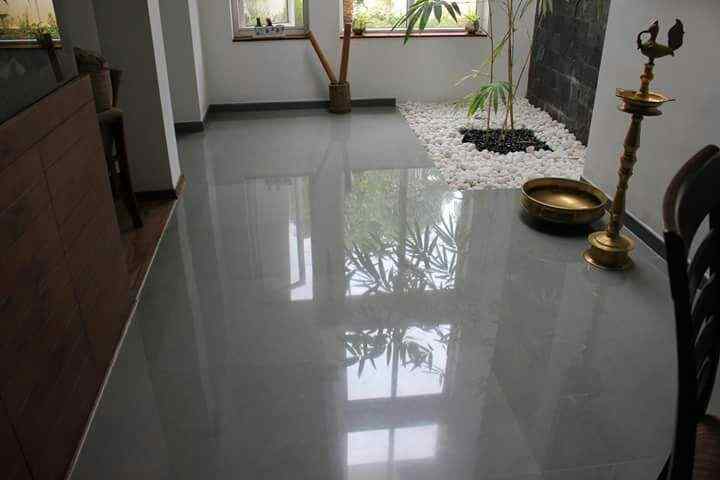
Kota stone is a preferred alternative for interior and exterior usage in homes and workplaces. It is used in countertops, wall cladding, flooring, and countertops.
Kota stone is utilised for the backsplash and the countertop in this stunning kitchen. Because the sizes of the stones are smaller, it takes a great deal of skill to place the stones with smooth seams.
Keep in mind that Kota is often not recommended in Indian kitchens since it is prone to surface discolouration and pitting.
Steps to Make the Natural Stone Ready to Be Installed
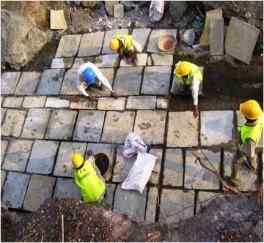
- Step 1 - Raw Rock Slabs - Before Installing
- Step 2 - Slab Dressing
- Step 3 - Getting the Surface Ready
- Step 4 - Stone-laying in Kota
- Step 5 - Finishing, Curing, and Polishing
- Step 6 - Rules of Approval
1. Raw Rock Slabs - Before Installing
The slab must be good quality, firm, solid, uniform, and free from fractures, rot, or other damage. The desired thickness might be cut by either hand or machine. Before being installed on-site, the exposed face of the slab has to be polished, and the contractor must also obtain the slab sample certified by the relevant Engineer.
2. Slab Dressing
Each slab must be cut to the precise size and form needed, and the sides must be chiselled to a straight edge. Before paving, the edges must be either machine or table scraped with coarse sand.
Every effort should be made to ensure that all angles and edges are accurate, square, and chip-free. For thickness, a tolerance of 2mm is allowed. For hand-cut and machine-cut, respectively, a tolerance of 5mm and 2 mm in terms of the length and width of the slab is permitted.
3. Getting the Surface Ready
The surface, typically concrete, should be cleaned, wetted, and mopped before the slabs are set. The slab's bedding mortar must have a certain thickness.
4. Stone-laying in Kota
Each slab's area is prepped, and the appropriate mix of mortar—typically 1:4 cement to coarse sand—is put there for the prescribed thickness (usually 20mm).
To get the cleaned slab to the same level as the next slab, it is placed on top, pounded, and tapped with a wooden mallet. After that, the slab is raised and set aside. By filling up the hollows with new mortar and letting it sit, the top surface of the mortar is uniformised.
5. Finishing, Curing, and Polishing
For a minimum of seven days, the slab must be dried by soaking the surface. The surface will be uniformly ground using a machine equipped with fine-grade grit blocks. The surface should be thoroughly cleaned and washed to prepare it for the final grinding. The day after the first grinding, the final grinding is carried out using a machine equipped with the highest quality grit blocks.
For tiny sections after laying, hand polishing may be used instead of machine polishing. When hand polishing, medium- and fine-grade carborundum stones must be used for the first and final polishing.
Oxalic acid sprinkled with water and applied at a rate of 33 mg per square metre using a pad of wool rags, also known as namdah block, is then vigorously rubbed into the polished surface.
6. Rules of Approval
There should be no loose stones on the completed surface. The sound of a wooden mallet striking the surface should not be hollow. The joints should not be too large or too narrow and should run parallel to the adjacent walls.
Installation of Kota Stone: Horizontal and vertical surfaces.
Kota stone can be installed anywhere other than the kitchen, either by itself or combined with Marble, Jaisalmer yellow, or other materials that stand out from the surrounding environment. Another application is as an outside wall covering. In the image above, black Kota stone flooring on the stairs gives a nice touch to the exterior.
A) Horizontal surface:
• Over the levelling course, apply a 20–25 mm thick foundation of cement mortar in the following proportions: 1:3 (1 part cement to 3 parts coarse sand); waterproofing compound in the specified ratio.
• Spread Rough Kota Stone 20–25 mm thick over the cement mortar.
• A waterproofing compound should be incorporated into the cement slurry used to grout joints.
• Over the Kota Stone surface, apply a second layer of 20–25 mm thick cement mortar that is 1:3 (1 part cement to 3 parts coarse sand) combined with waterproofing compound in the necessary proportion.
• Finishing top with 10 to 12 mm-thick stone aggregate. The nominal size spreading is deeply embedded in the second layer of cement mortar at a density of 8 cudm/sq m.
B) Vertical surface:
• Providing and placing Rough Kota Stone by fastening 20–25 mm to the vertical surface. Kota Stone with a mortar of cement and coarse sand in the proportion of 1:3, along with the appropriate amount of waterproofing compound.
• There should be a 20–25 mm space between the Kota Stone and the receiving surface before the cement slurry is applied.
• Filling the gap with a mixture of waterproofing compound and cement slurry (the process for manufacturing cement slurry is described above).
• A waterproofing compound should be incorporated into the cement slurry used to grout joints.
• Applying cement mortar (1 part cement to 3 parts coarse sand) to the outside of Kota Stone in the prescribed amounts, together with a waterproofing compound.
Differences Between Marble and Kota Stone
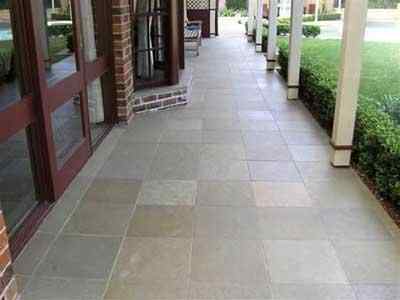
| Specification | Marble | Kota stone |
| Type | Hard stone | Soft stone |
| Porosity level | high porosity | Low porosity |
| Acid resistant | More | Less |
| Price | Cheap | Affordable |
| Surface | slippery | Non - slippery |
Marble and Kota are both natural stones, but that's about where the similarities stop. Here's a breakdown of the two natural stone types:
• Marble is a hard stone, while Kota is softer and more prone to flaking on the surface.
• The limestone in Kota stone makes it porous, unlike Marble, which is non-porous.
• Marble that has been polished resists acid tainting. Kota stone is prone to discolouration and staining.
• Kota, one of the least costly natural stones available, is far less expensive than Marble.
• Polished Marble is inappropriate for use on kitchen floors and decks because it is slippery when wet and does not readily show wetness. The Kota stone is not slick.
• Kota's final surface lacks the sheen and firm lustre of Marble.
What Distinguishes Kota Stone from Granite?
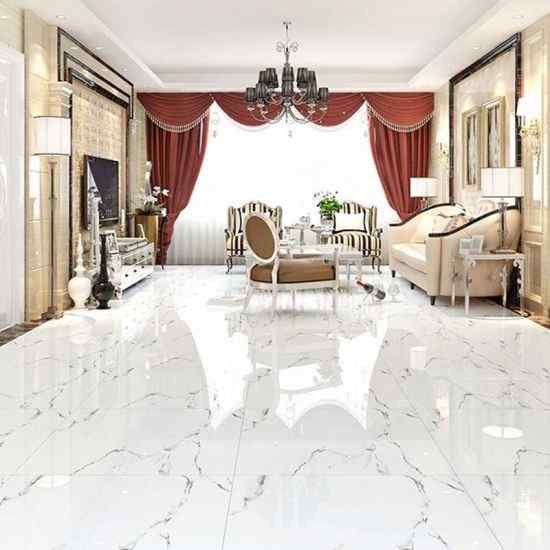
| Specification | Kota Stone | Granite |
| Type | Soft stone | Hard stone |
| Porosity level | Porous | Non-porous |
| Acid resistant | Less | More |
| Price | Cheap | Affordable |
| Surface | Non - slippery | slippery |
Granite and Kota are natural stones, but that's about where the similarities end. The following are the differences between the two stones:
- When it comes to hardness and surface flaking, Granite outranks Kota.
- In contrast to Granite, which is non-porous, Kota stone is made of limestone, which is porous.
- Acids do not affect the colour of polished Granite. Kota stone can get discoloured and stained.
- If you're looking for a low-cost natural stone, consider Kota, as it's far more affordable than Granite.
- Since polished Granite is slippery and challenging to see when wet, it should not be used in kitchens or as a deck surface. Slippery Kota stone is not present.
- Granite's hard sheen and lustre are missing from Kota's final surface.
Price Of Kota Stone
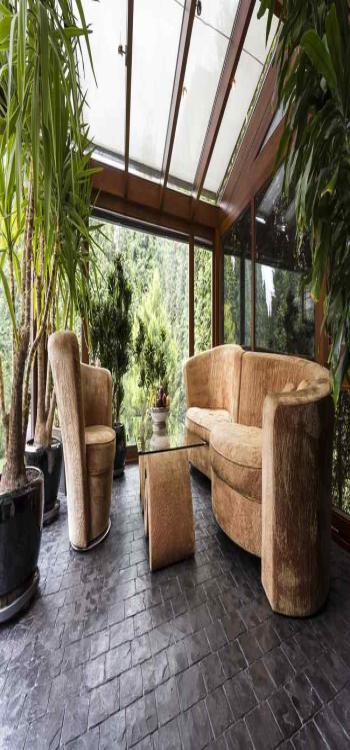
Kota stone tiles with a thickness of 20 to 30 millimetres can be purchased for a price that ranges from 15 to 30 rupees per square foot. This natural stone is one of the most inexpensive options available. The better varieties of brown Kota stone can cost up to Rs. 100 per square foot. Mirror polishing, honing, and sealing the tiles will incur additional costs, so be prepared for those.
Kota Stone Flooring Design Inspiration
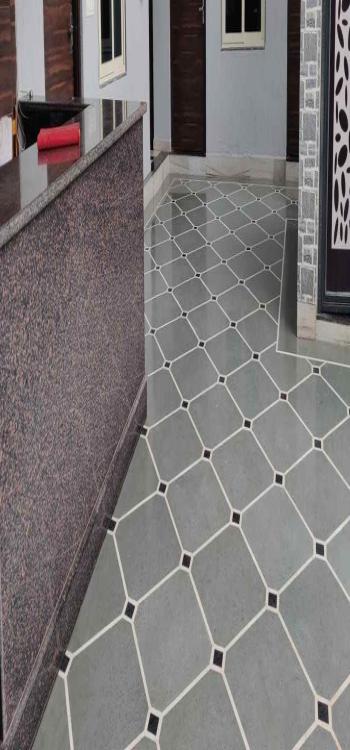
In the last few years, social media sites like Pinterest, Facebook and Instagram have provided an endless supply of design inspiration, leading to an overemphasis on aesthetics at the expense of usability and functionality. Modern Indian interior design, on the other hand, is exemplified by this Ahmedabad home.
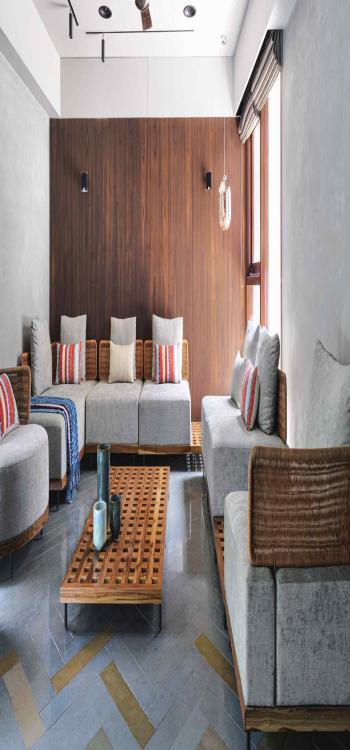
Instead of adding extra features to the house, a minimalist style approach has been taken, and the emphasis has been given to the nature of the materials utilised to finish the interiors, which contribute to the overall mood. However, the Kota stone and wood floor employed in various textures throughout the house stood out.
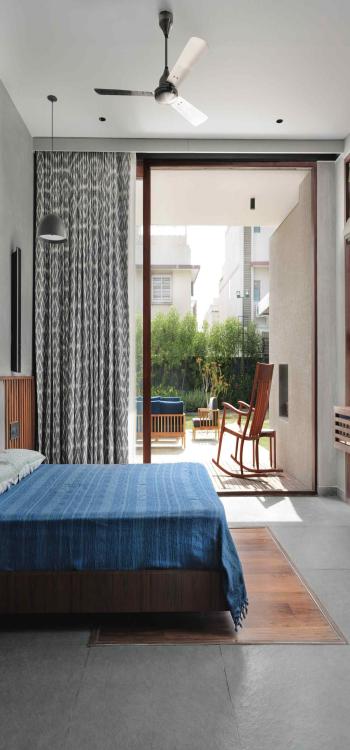
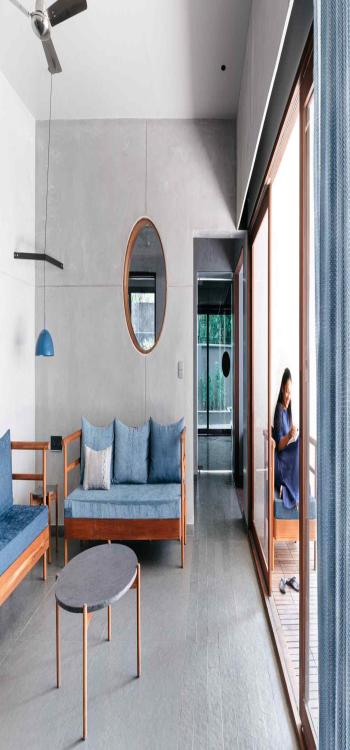
Linear strips of leather-finished and mirror-polished grey Kota stone can be seen in high-traffic areas such as corridors, herringbone patterns in the spacious living room, and large squares in the informal one. The stone floors in the bedrooms have wood inlays, although the polished stone floors in the kitchen are the norm.
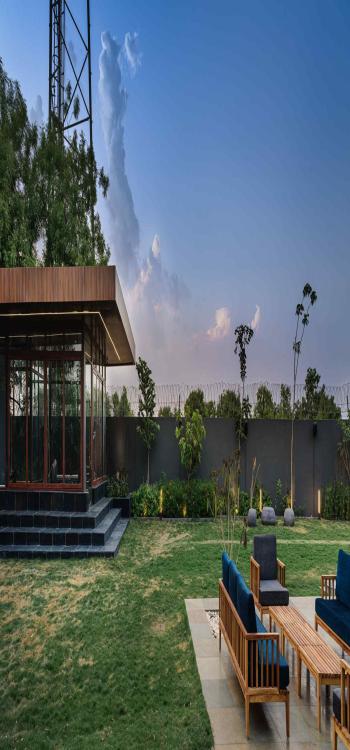
Four additional outdoor seating places, apart from a gym, can be found in the expansive outdoor area of the property. Similar materials to those found inside were used to adorn these. There was a wooden stripe on the jacuzzi deck, while Kota stone was used on both the verandah and the terrace outside the master bedroom. The seating area near the courtyard is decorated with brown Kota stone.
Another Vadodara property boasts a geometric pattern of Kota and white marble flooring in the entrance. A cement-coloured textured paint was used to finish the massive wall to match Kota's colour scheme.
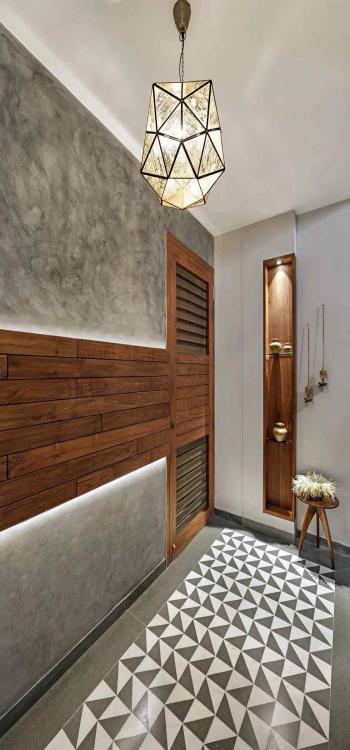
A giant glass window on the west side of a big double-height living room looks out onto the greenery beyond. Grey Kota flooring and white walls provide a neutral backdrop for soft pink furniture.
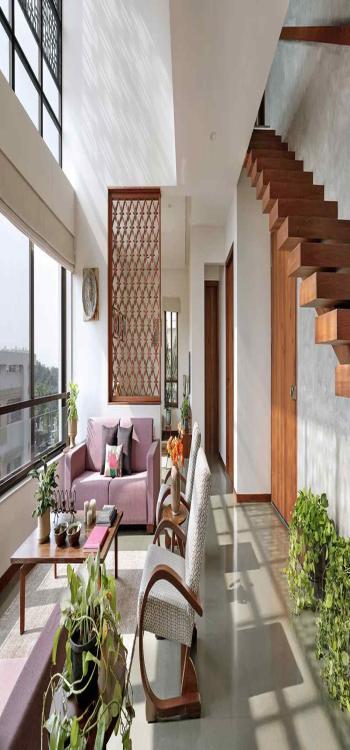
Now that you have a clear idea about the various types of Kota stone flooring, you can clearly know how and where to use this type of flooring. It can be used almost on any kind of surface except in kitchens. In case you are confused, try NoBroker Interiors. Our designers will help guide you through the correct design options that suit your budget and preferences. We are always happy to help!

FAQ's
A-1 A notable example is the Kota stone. Even though this excellent flooring material is imported from Rajasthan, it is more environmentally friendly than other local choices since it is natural limestone and can withstand many circumstances.
A-2 Unlike Granite, which is non-porous, limestone-based Kota stone is porous. Acids do not affect the colour of polished Granite. Kota stone can get stained or discoloured. One of the cheapest natural stones, Kota, is significantly more costly than Granite, which is one of the most expensive.
A-3 Customers choose Kota Stone because of its unique qualities. This is a particular use of the Kota Stone waterproofing method. Mechanical strength and waterproofing are both enhanced by this.
A-4 For kitchen counters provides a substantial and sturdy foundation. The Kota stone foundation is often used as a basis for granite or marble slab countertops. It's the least expensive, most readily accessible, and most long-lasting natural stone that's now on the market. It is an intense heat conductor, giving it a pleasant surface to walk on.
A-5 Floors made of stone, such as Kota, Jaisalmer, or Cuddapah, may be cleaned daily with a few drops of mild liquid dishwashing soap combined with warm water, making them highly durable and simple to keep. The stone's surface will get dull if you use cleaning solutions that include acidic ingredients like lemon or vinegar.
Loved what you read? Share it with others!
Most Viewed Articles

Top Hanging Light Ideas to Illuminate Your House
January 31, 2025
395009+ views
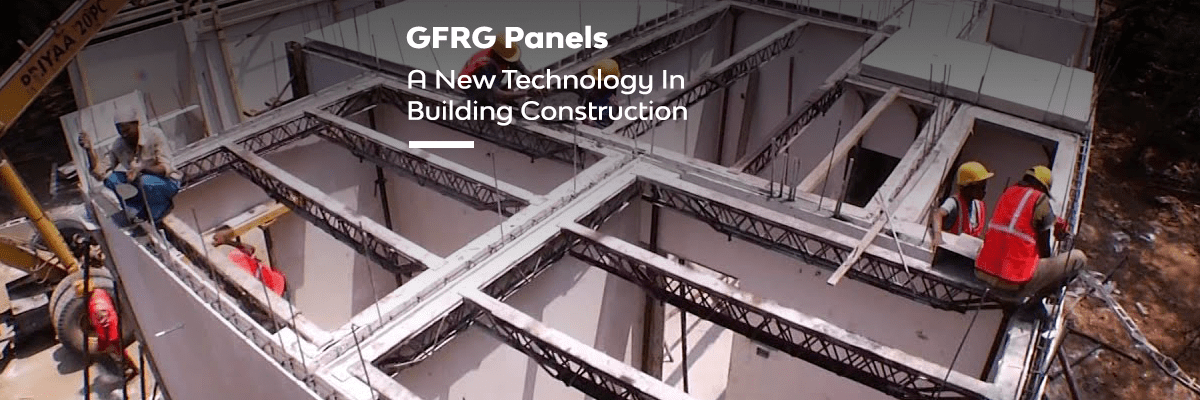
GFRG Panels - A New Technology in Building Construction
January 31, 2025
260797+ views
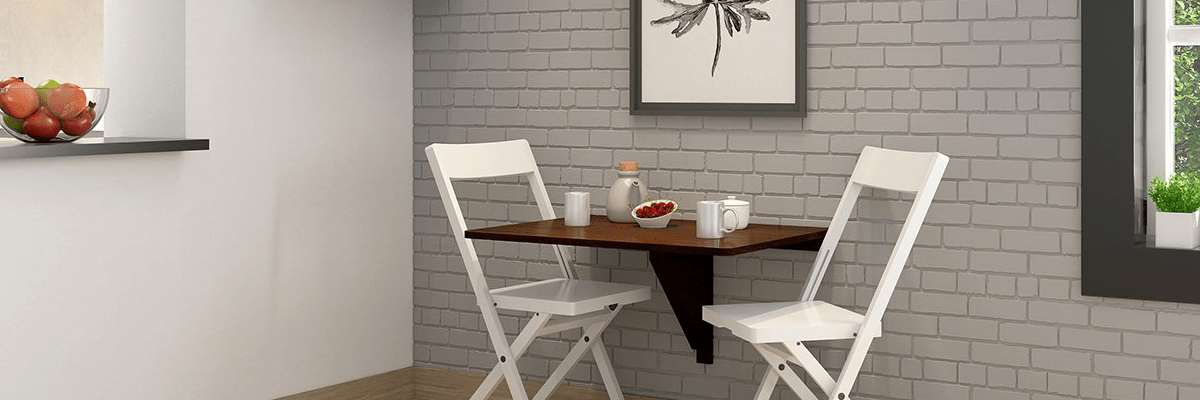
15 Wall-Mounted Dining Table Design Ideas
January 31, 2025
105502+ views
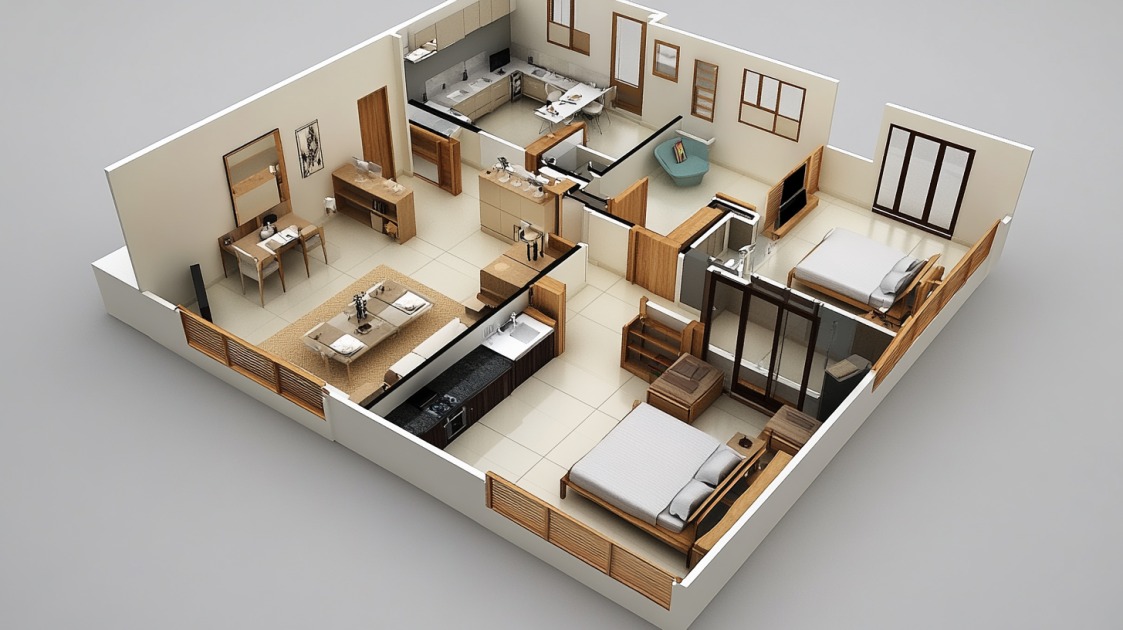
Best 3 Bedroom House Plan: Modern and Space-Efficient Layouts for 2025
January 31, 2025
58157+ views

How to Make a Room Soundproof: 15 Ideas That Work Like a Charm
January 31, 2025
30413+ views
Recent blogs in
Modern Luxury Bedroom Interior Design Ideas for Contemporary Indian Homes in 2025
May 15, 2025 by Manu Mausam
Latest TV Panel Design for Bedroom: Modern and Space-Saving Ideas for 2025
May 15, 2025 by Anda Warner





Join the conversation!